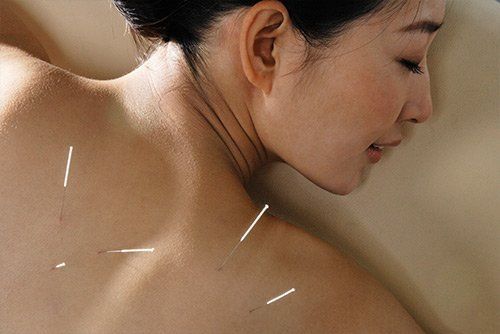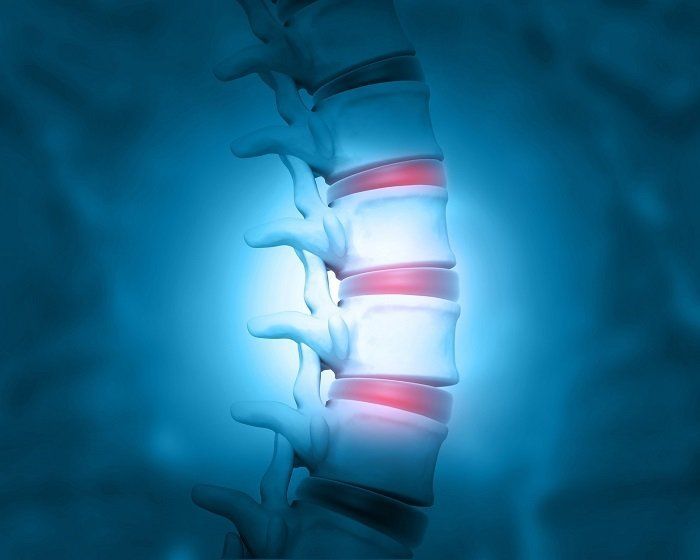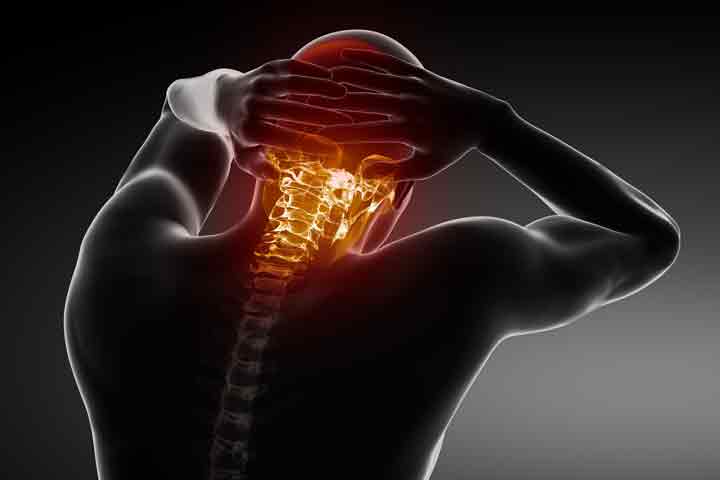Three Migraine Treatments That Don't Involve Popping Pills
Prescription medications for migraine relief work well for many patients. However, some patients experience unwanted side effects such as a racing heartbeat, nausea, and difficulty concentrating when they take migraine medications. In one study, two-thirds of patients delayed taking their migraine medications because of side effects such as these.
If you are struggling with the side effects of migraine medications, it may be time to explore other options to find relief from your headaches. While there are numerous migraine treatment options that do not involve popping pills, the following three are some of the most common and effective choices.
1. Botox Injections
Botox injections are best known for their cosmetic, wrinkle-reducing effects, but this medication is also an FDA-approved treatment for migraines. Botox reduces the frequency of migraines. Some patients do still experience the occasional migraine after Botox injections, but the headaches they do experience tend to be less severe.
Botox injections are administered in your doctor's office. The procedure is simple: your doctor makes 31 tiny injections along your forehead, above your ears, and behind your ears. The effects of Botox injections last about 12 weeks, after which you can return for a follow-up treatment. Expect to see a gradual decrease in migraine frequency as you continue with Botox treatment.
Botox works by reducing muscle contractions, which are a key component in many migraines. Some patients experience neck stiffness after the injections, but serious side effects like difficulty swallowing and airway swelling are very rare.
2. Occipital Nerve Blocks
The occipital nerves are a group of nerves located at the base or your neck. Inflammation and swelling in the tissue around these nerves may contribute to migraines. Your doctor can administer a steroid injection called an occipital nerve block to reduce activity in these nerves, thereby reducing the frequency of your migraines.
An occipital nerve block is typically injected while you are awake and laying down on the treatment table. You will feel some pain with the injection, but the process only takes a few minutes. This is an outpatient procedure, so you can return home or to work immediately afterwards. You will also know after the first injection whether or not the treatment works for you.
An occipital nerve block may give you a few weeks or months of relief. Your doctor will work with you to determine the best schedule for administering nerve blocks. Most patients are good candidates for nerve blocks, but your doctor may recommend against this procedure if you are taking blood thinning medications or have poorly managed diabetes.
3. Acupuncture
For years, mainstream science dismissed acupuncture as an ineffective, outdated procedure. However, recent studies have found acupuncture to be effective for relieving various types of pain, including pain caused by migraines. Acupuncture may help decrease both the frequency and severity of your migraines.
In acupuncture treatment, thin needles are inserted into various points along the body. If you feel these needles being inserted at all, you will only feel a tiny pinch. The needles are then left in place for a few minutes. Their presence is thought to alter nervous system impulses that can contribute to migraines. Acupuncture also gives stress relief and relaxation, which may indirectly protect against migraines.
If you decide to seek acupuncture treatment for migraines, make sure you visit a licensed, experienced acupuncturist who uses good, sanitary practices.
If prescription migraine pills are not working for you, do not give up on finding a treatment that works for you. Visit Specialists in Pain Management to discuss these and other migraine management options. With years of experience in pain management, we're confident we can find a treatment or combination of treatments that provides you with safe, powerful relief.
Licensed | Bonded | Insured
DISCLAIMER: You will receive a call to remind you of your appointment. If you must cancel your appointment, we would appreciate at least 24 hours notice. No-shows may be charged a missed appointment fee of $25. Please bring your insurance card, a picture ID and your current medications to each visit.
CONTACT INFORMATION
Chattanooga Location
Address: 281 N. Lyerly St, Suite 200,
Chattanooga, TN 37404
Fax: 423-698-0511
Ooltewah Location
Address: 4957 Swinyar Drive, Suite 101,
Ooltewah, TN 37363
Fax: 423-362-7778
Phone: 423-698-0850
Cleveland Location
Address: 862 Callen Ln, NW Suite 110
Cleveland, TN 37312
Fax: 423-698-0511
Business Hours:
Chattanooga Location
- Mon - Fri
- -
- Sat - Sun
- Closed
Appointments Available
Ooltewah Location / Cleveland Location
- Mon - Thu
- -
- Fri - Sun
- Closed




CareCredit, Most Major Insurances Accepted
OUR LOCATION
Chattanooga Location
Ooltewah Location
Cleveland Location













